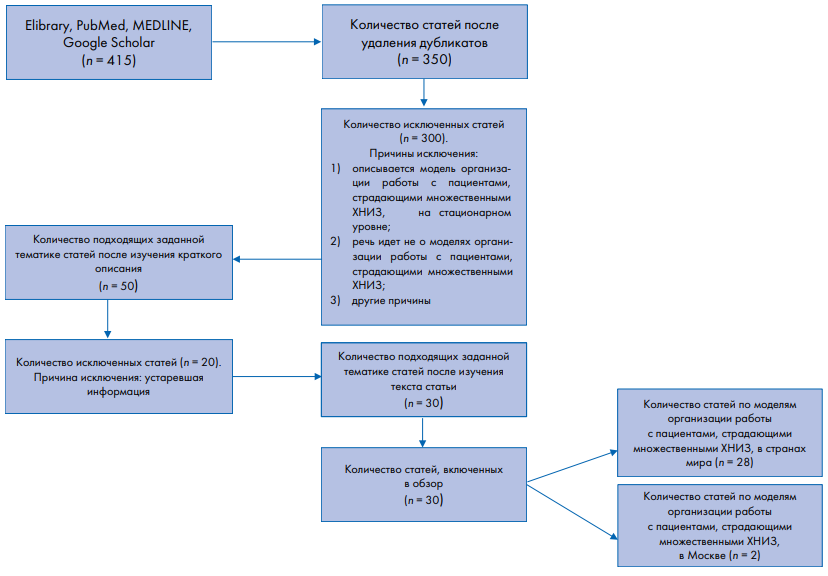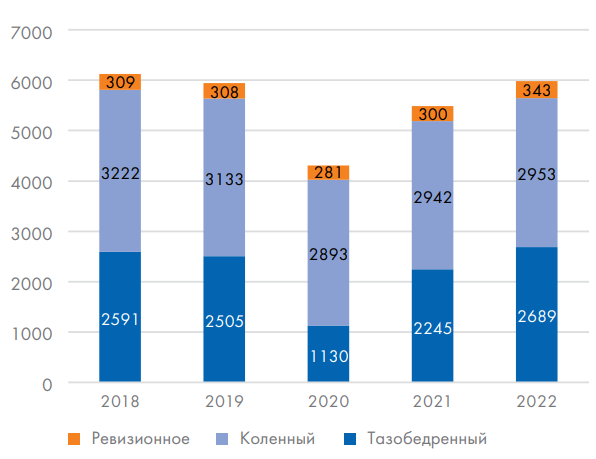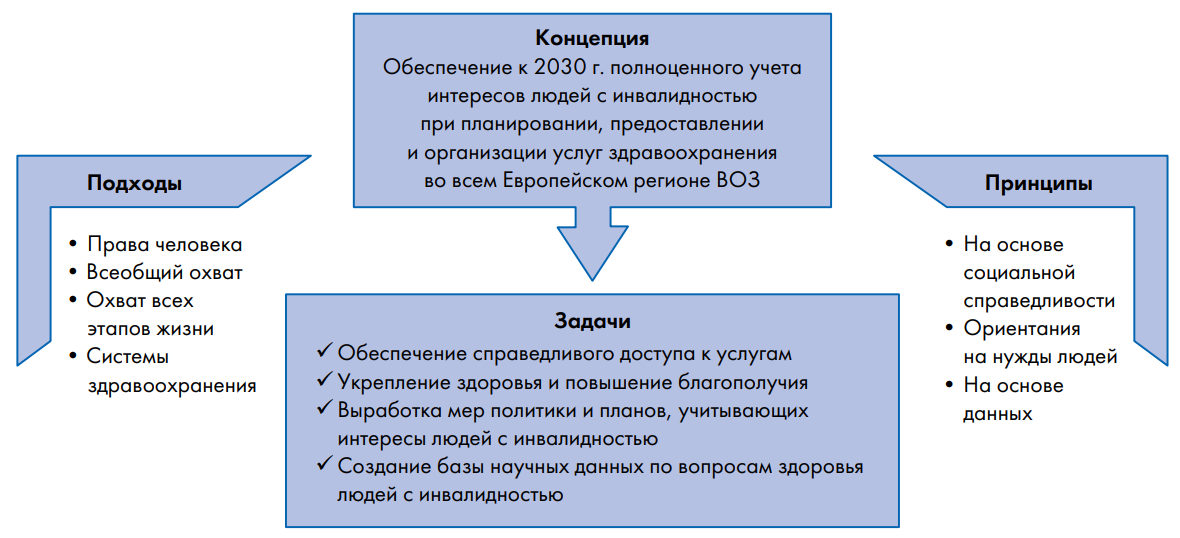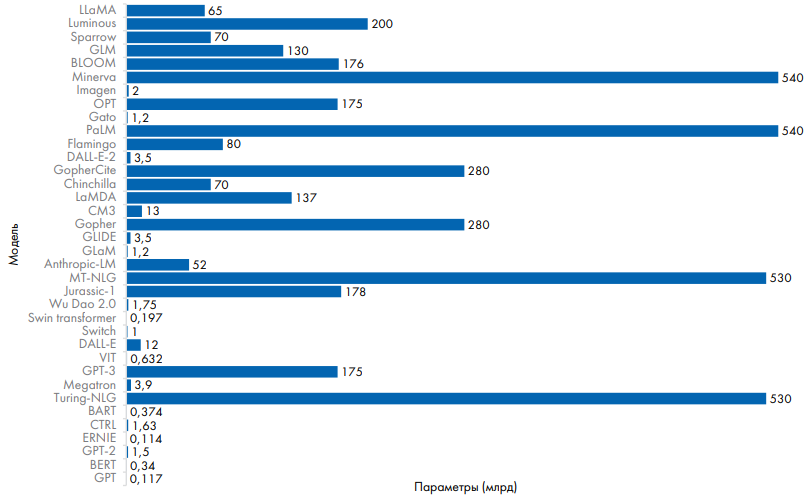MEDICAL DEMOGRAPHICS
By 2050, the proportion of people over 60 years of age worldwide is expected to be 22 %, and the number of people over 80 is expected to triple by that time, reaching 426 million. Population aging threatens the sustainable functioning of national health care systems, since the increase in the proportion of the elderly population is accompanied by increased costs for the health care system and a decrease in the availability of medical care for other age groups. Based on the analysis and synthesis of data from foreign publications on the impact of population aging on the sustainability of the functioning of national healthcare systems, proposed measures and models of medical care that take into account changes in the age structure of the population are systematized. Analysis of foreign publications made it possible to identify the following challenges for the healthcare system associated with the aging population: rising costs of providing medical care, the need to increase emphasis on preventive measures, increasing prevalence and severity of chronic non-communicable diseases and comorbidity, inequality in access to medical care, expressed in territorial (regional), age and gender aspects, as well as determined by the socio-economic status of a person. Experts suggest that the most obvious and realistic solution to the problem is active prevention of chronic diseases and more intensive monitoring of the health status of the population. Digital solutions that provide disease prevention and remote monitoring of the health status of the elderly population, based on the use of machine learning technologies, artificial intelligence and telemedicine technologies, are identified as promising areas for limiting healthcare costs.
PUBLIC HEALTH
The analysis of Russian and foreign practices on the application of models for the management of patients suffering from chronic non-communicable diseases (CNID) had been carried out. Examines the features of different models of management of patients older than working age with CNID and reflects the results of their use in primary health care. The models of treatment of chronic diseases and their adaptation were considered from the point of view of examples of proactive approaches to treatment. The features of the developed models of management of patients older than working age with CNID living in rural areas of foreign countries were presented. The features of dynamic follow-up of patients with CNID in medical organizations were considered. The experience of countries in the application of management of patients suffering from CNID at the primary level in low- and middle-income countries were analyzed. The integral role of an integrated patient-oriented approach in providing medical care to patients with established CNID had been demonstrated. The prospects for the development of models for the management of patients with CNID had been determined
HEALTH ORGANIZATION. REGIONAL EXPERIENCE
Diseases of the osteoarticular system are one of the leading causes of disability in the Russian population. In case of ineffective conservative treatment of patients with arthrosis and arthritis, surgical treatment is performed. An important problem remains complete rehabilitation after surgical interventions. The aim of the study was to present a model of a full cycle of three-stage medical rehabilitation after traumatological and orthopedic operations in a specialized federal center with an assessment of its effectiveness. Materials and methods. The described model includes approaches, methods and means of medical rehabilitation, stages and order of routing of patients after traumatological and orthopedic operations using the example of treatment of patients with gonarthrosis after knee replacement. Clinical and functional indicators were recorded in patients during the rehabilitation process using clinical, instrumental methods, questionnaires, scales, based on the gradations of the International Classification of Functioning, Disability and Health, from the standpoint of logistic efficiency. Results. The full cycle of three-stage medical rehabilitation of patients allowed us to achieve high rates of restoration of limb function and quality of life, ensuring the availability of rehabilitation care at the individual level. Conclusion. The model of a full cycle of medical rehabilitation in the conditions of one medical organization allows for the comprehensive implementation of rehabilitation methods and means, and the maximum use of resources in providing effective rehabilitation care to traumatology and orthopedic patients
REVIEW OF REGULATORY DOCUMENTS
The article provides an overview of the basic principles, approaches and activities in the field of ensuring the health of people with disabilities. An analysis of the global experience of the United Nations on this topic, modern legal regulation in the Russian Federation devoted to the issues of ensuring the rights of people with disabilities in the field of health care, including the formation and implementation of individual rehabilitation or habilitation programs for people with disabilities (disabled children), including medical rehabilitation, based on broad intersectoral and interdepartmental interaction, was carried out. The main aspects and scope of disability as a human rights and public health problem are analyzed, as well as the approaches, principles, objectives and action plans supported by the Russian Federation aimed at ensuring inclusive healthcare systems for people with disabilities and improving the level of health and well-being of people with disabilities at all ages and in all contexts
INFORMATIZATION OF HEALTHCARE
Large language models have become a new significant breakthrough in the field of artificial intelligence. They are changing approaches to machine learning from models that solve narrow problems and require large amounts of data with the known answers for training, to generative models that are fine tunable to solve specific problems using a small number of examples with the known answers or even none at all. Medicine is one of the areas in which the use of large language models can become extremely useful. The review presents data on the latest achievements in the use of large language models for medical tasks, prospects for using these models as the basis for the digital assistants for doctors and patients, as well as existing regulatory and ethical barriers to the development of this breakthrough technology for addressing healthcare challenges.
LEGAL ACTS
ISSN 2713-0703 (Online)


























